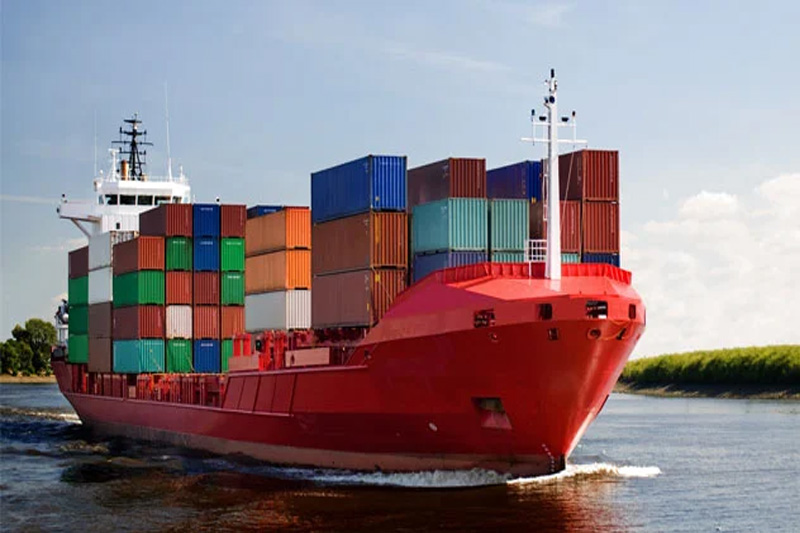As Sri Lanka prepares for its parliamentary elections on November 14, familiar issues dominate the national discourse: tackling political corruption, addressing accountability for the Easter Sunday attacks, pursuing economic recovery, and combating corruption.
However, the country’s environmental crises receive little attention, despite the negative impacts associated with maintaining a floating flexible exchange rate.
As of October 18, 2024, the Sri Lankan rupee appreciated by 10.6% against the US dollar, with mixed economic effects following President Anura Kumara Dissanayake’s election.
This currency strengthening has led the Central Bank of Sri Lanka (CBSL) to take measures to balance economic impacts.
Analysts observe that while a stronger rupee brings some advantages, it poses challenges for several sectors, requiring the CBSL to carefully stabilize the currency. With the rupee’s appreciation, Sri Lanka has seen reduced inflation, lower import costs, and a lessened foreign debt burden.
These factors contribute to stabilizing the economy, making imported goods more affordable and reducing production costs for local industries.

This trend potentially lowers consumer prices, boosts purchasing power, and enhances overall economic stability.
Moreover, the rupee’s strength fosters investor confidence, signaling stability that could attract foreign investments into Sri Lanka’s stock market and other sectors, as investors see the nation as a favorable investment climate.
Additionally, the appreciation aids government finances by reducing foreign debt service costs, lessening pressure on public expenditure. Yet, the stronger rupee has created significant obstacles for exporters, the tourism industry, and households reliant on remittances.
The increased currency value has made Sri Lankan exports—like garments, tea, and rubber—costlier abroad, hurting their competitiveness. Exporters with narrow profit margins face reduced demand, which could diminish revenue and hinder growth in export-driven industries.
Tourism, another key sector, might also face repercussions. A stronger currency makes Sri Lanka a pricier destination for foreign visitors, potentially lowering tourist numbers and affecting small and medium-sized businesses, including hotels, villas, and local tourism services.

Analysts highlight that without a competitive exchange rate (ideally between Rs. 295 and Rs. 302 per dollar), businesses might struggle to maintain operations without raising prices, which could further reduce tourist arrivals.
The Central Bank is responsible for maintaining foreign exchange reserves to ensure a balanced exchange rate that prevents exporters and other stakeholders from experiencing significant losses.
Large export companies, notably in the garment industry, may face substantial financial stress if required to sell dollars at disadvantageous rates.
To mitigate these impacts, the Central Bank has been intervening to stabilize the rupee’s value and strengthen reserves through strategic dollar purchases.
However, travel advisories from multiple countries have dampened Sri Lanka’s tourism prospects.
Many advisories caution citizens against visiting Sri Lanka due to a high number of Israeli tourists, raising security concerns amidst the ongoing Israel-Palestine conflict. Some fear that Israelis in Sri Lanka might become potential targets, especially as tensions remain high.
Meanwhile, International Monetary Fund (IMF) officials provided updates on Sri Lanka’s economic situation in light of debt restructuring and the incoming government. Krishna Srinivasan, IMF’s Asia and Pacific Department Director, and Deputy Director Thomas Helbling discussed the country’s fiscal benchmarks, potential policy shifts, and economic outlook.
Srinivasan stated that following significant progress in debt restructuring, the focus has shifted to fiscal and structural benchmarks needed to access the IMF’s fourth funding tranche.
He noted productive discussions with Sri Lanka’s new government, emphasizing a shared commitment to continue reforms that have spurred growth over the past year and lowered inflation.
In response to inquiries about the new government’s intentions, Srinivasan confirmed that it seeks to sustain the IMF-driven gains. He underscored the importance of reform to address post-restructuring challenges, particularly with loan interest payments set to resume next year.
Questions arose about potential tax revisions, like the repeal of the imputed rental tax, and the continuation of the vehicle import suspension policy. Srinivasan said that these issues are still being negotiated with Sri Lankan authorities.
Additionally, the structure of Sri Lanka’s debt restructuring, including macro-linked bonds tied to economic performance, was discussed. Srinivasan acknowledged the appeal of these bonds among creditors but emphasized that their effectiveness depends on each country’s context and equitable treatment across creditors.

As the IMF prepares for its third program review in Sri Lanka, officials expressed cautious optimism about the country’s recovery trajectory. IMF support remains vital for Sri Lanka as it navigates economic complexities, particularly under the new administration.
In conclusion, while Sri Lanka has made significant progress, the road to sustained recovery demands careful management of fiscal policies and consistent reforms to secure economic growth.
Source: LankaInformation

